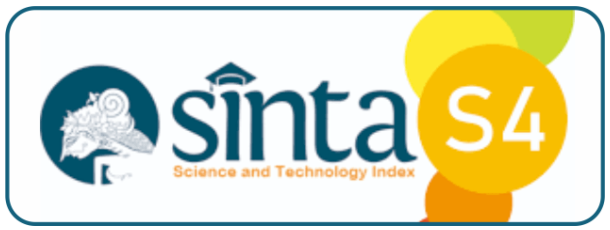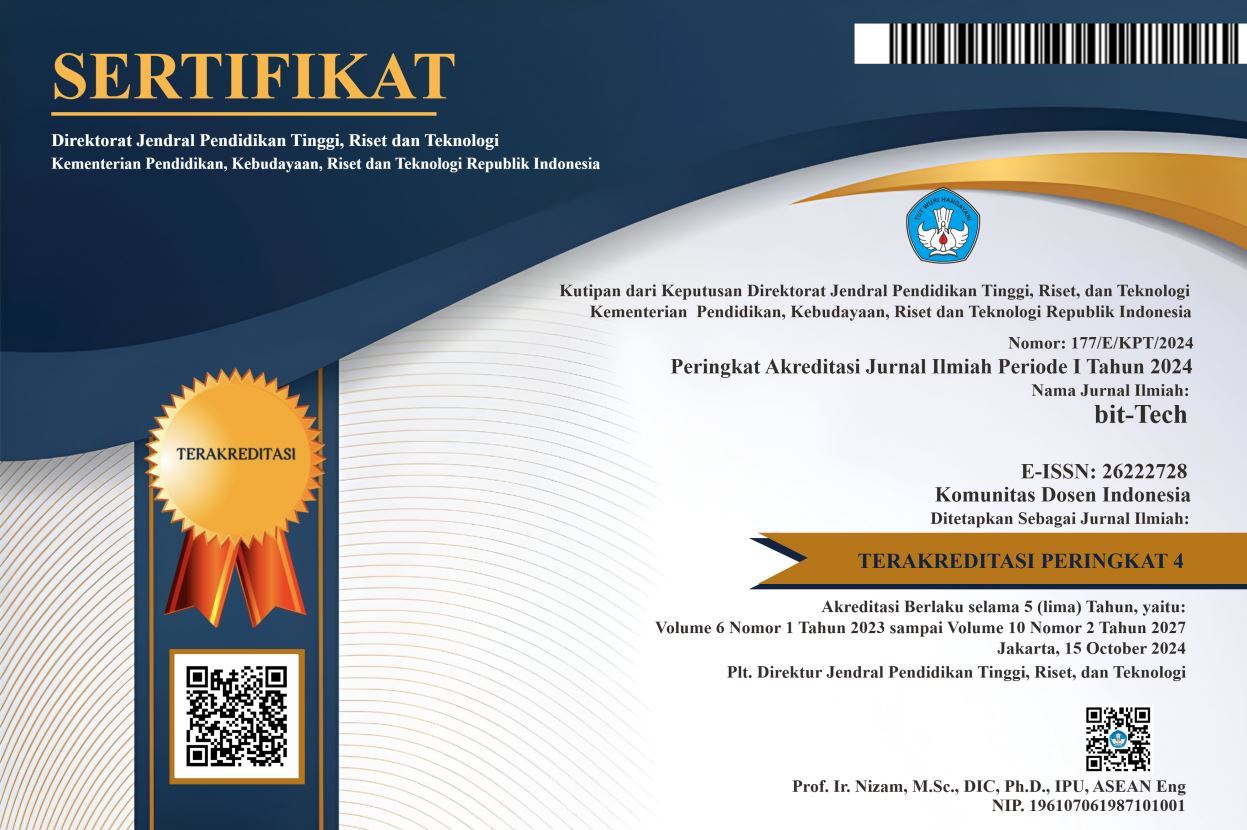Application Of Deep Learning For Image Deepfake Detector Using Convolutional Neural Network Algorithm
DOI:
https://doi.org/10.32877/bt.v6i2.1000
Keywords:
Convolutional Neural Network, Deep Learning, Deepfake, Deepfake Detector, Image
Abstract
Social media has long been used by the public in general as a means of exchanging information. Behind this commonly exchange of information, hide the malicious intent of those who are not responsible for spreading false information or hoaxes. This false information, which can come in various forms such as images, sounds, or videos, can actually be useful when used as stock photos or simply used as caricatures and satire. Unfortunately, false information often used on famous people instead to make them look like they said or did something that never happened. This certainly needs to be controlled, one of which is by using deepfake detector that aims to recognize false information pattern. Deepfake detector utilizes the computer's ability to self-learn to recognize that invisible patterns in images using one of deep learning algorithms, namely Convolutional Neural Network, which converts images into a collection of arrays containing numbers and then performs mathematical operations repeatedly on each layer. The result of the mathematical operation can then be used as a reference to determine whether an image is real or hoax. Author’s deepfake detector application using Convolutional Neural Network, specifically using the Resnet-50 model on hoax images created using AI with the ProGAN model, appears to be able to detect hoax images with the same model, with an accuracy of 85%, precision of 100%, and recall of 65%, but appears to experience decrease in accuracy when used in deepfakes with other models such as StyleGAN and BigGAN.
Downloads
References
W. K. Pertiwi, “Separuh Penduduk Indonesia Sudah ‘Melek’ Media Sosial,” Kompas.
L. Jemadu, “Jumlah Pengguna Media Sosial Indonesia Capai 191,4 Juta per 2022,” Suara.
W. K. Pertiwi, “Jumlah Hoaks di Indonesia Meningkat, Terbanyak Menyebar lewat Facebook,” Kompas.
A. R. Hamsah, Kejahatan Berbahasa (Language Crime), 1st ed. Tasikmalaya: Langgam Pustaka, 2022.
M. Caldwell, J. T. A. Andrews, T. Tanay, and L. D. Griffin, “AI-enabled future crime,” Crime Sci, vol. 9, no. 1, p. 14, Dec. 2020, doi: 10.1186/s40163-020-00123-8.
D. Sarwinda, R. H. Paradisa, A. Bustamam, and P. Anggia, “Deep Learning in Image Classification using Residual Network (ResNet) Variants for Detection of Colorectal Cancer,” Procedia Comput Sci, vol. 179, pp. 423–431, 2021, doi: 10.1016/j.procs.2021.01.025.
P. A. Nugroho, I. Fenriana, and R. Arijanto, “Implementasi Deep Learning Menggunakan Convolutional Neural Network (CNN) pada Ekspresi Manusia,” ALGOR, vol. 2, no. 1, pp. 12–21, Sep. 2020.
M. Umer, Z. Imtiaz, S. Ullah, A. Mehmood, G. S. Choi, and B.-W. On, “Fake News Stance Detection Using Deep Learning Architecture (CNN-LSTM),” IEEE Access, vol. 8, pp. 156695–156706, 2020, doi: 10.1109/ACCESS.2020.3019735.
V. V. Reddy, P. Priyanka, D. K. Priyanka, P. R. Vishnu, A. D. Kumar, and S. B. Gole, “Fake Image Detection Using Machine Learning,” in International Journal of Advanced Research in Computer and Communication Engineering, Guntur: IJARCCE, Jan. 2022, pp. 138–144.
C.-C. Hsu, Y.-X. Zhuang, and C.-Y. Lee, “Deep Fake Image Detection Based on Pairwise Learning,” Applied Sciences, vol. 10, no. 1, pp. 370–384, Jan. 2020, doi: 10.3390/app10010370.
A. M. Almars, “Deepfakes Detection Techniques Using Deep Learning: A Survey,” Journal of Computer and Communications, vol. 09, no. 05, pp. 20–35, 2021, doi: 10.4236/jcc.2021.95003.
S. Lyu, “Deepfake Detection: Current Challenges and Next Steps,” in 2020 IEEE International Conference on Multimedia & Expo Workshops (ICMEW), IEEE, Jul. 2020, pp. 1–6. doi: 10.1109/ICMEW46912.2020.9105991.
C. Ategeka, The Unintended Consequences of Technology: Solutions, Breakthroughs, and the Restart We Need, 1st ed. New Jersey: John Wiley & Sons, 2021.
Mulaab, Data Mining : Konsep dan Aplikasi, 1st ed. Madura: Media Nusa Creative (MNC Publishing), 2017.
J. Stone, Artificial Intelligence Engines: A Tutorial Introduction to the Mathematics of Deep Learning, 1st ed. Sheffield: Sebtel Press, 2019.
D. Mukunthu, Shah Parashar, and W. H. Tok, Practical Automated Machine Learning on Azure. Sebastopol: O’Reilly Media, 2019.
Downloads
Published
How to Cite
Issue
Section
License
Copyright (c) 2023 bit-Tech : Binary Digital - Technology

This work is licensed under a Creative Commons Attribution-ShareAlike 4.0 International License.
I hereby assign and transfer to bit-Tech all exclusive copyright ownership rights to the above work. This includes, but is not limited to, the right to publish, republish, downgrade, distribute, transmit, sell, or use the work and other related materials worldwide, in whole, or in part, in all languages, in electronic, printed, or any other form of media, now known or hereafter developed and reserves the right to permit or license a third party to do any of the above. I understand that this exclusive right will belong to bit-Tech from the date the article is accepted for publication. I also understand that bit-Tech, as the copyright owner, has sole authority to license and permit reproduction of the article. I understand that, except for copyright, any other proprietary rights associated with the work (e.g. patents or other rights to any process or procedure) must be retained by the author. In addition, I understand that bit-Tech permits authors to use their papers in any way permitted by the applied Creative Commons license.


 DOI :
DOI :
 Abstract views: 254
/
Abstract views: 254
/  PDF downloads: 225
PDF downloads: 225











